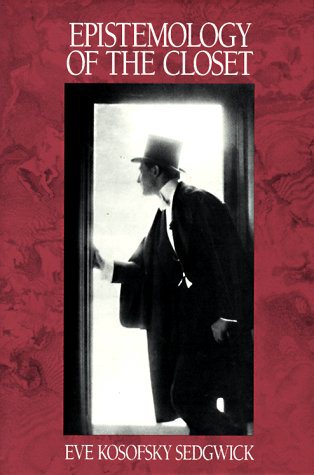MARKING the 25th anniversary of the publication of Eve Kosofsky Sedgwick’s strange and difficult book The Epistemology of the Closet (1990) is a tough job, but somebody has to do it. Let me try in a rather personal way.
My first encounter with Sedgwick’s magnum opus occurred when I began researching my honors thesis. I was writing a dissertation on the queer pleasures of screen siren Elizabeth Taylor. I traversed the celluloid terrain of Taylor’s cinematic corpus, concentrating on Giant (1956), Suddenly, Last Summer (1959), and Who’s Afraid of Virginia Woolf? (1964). It was my advisor who led me to the Epistemology.
 In the book, Sedgwick blends anecdote, theory, and scholarship to argue that the closet is a longstanding and complex metaphor in Western history that circulates around meanings and articulations of homosexuality. In her theoretical paradigm, Sedgwick argues that the closet provides a spatial metaphor with implications both for those inside (invisible from the outside, self-concealing for those within) and for those outside the closet, whether gay or straight, who are not hiding their sexual desires.
In the book, Sedgwick blends anecdote, theory, and scholarship to argue that the closet is a longstanding and complex metaphor in Western history that circulates around meanings and articulations of homosexuality. In her theoretical paradigm, Sedgwick argues that the closet provides a spatial metaphor with implications both for those inside (invisible from the outside, self-concealing for those within) and for those outside the closet, whether gay or straight, who are not hiding their sexual desires.






